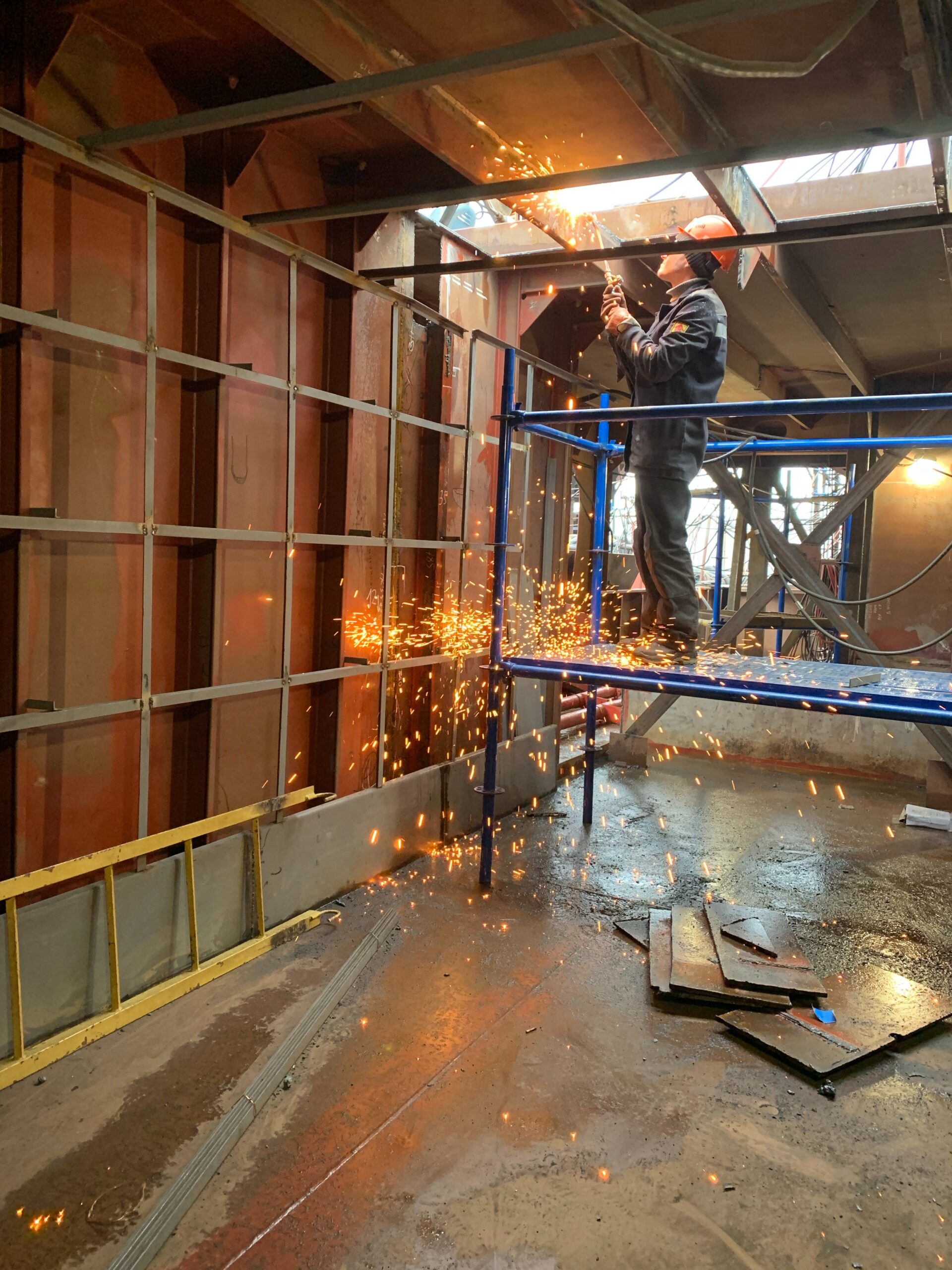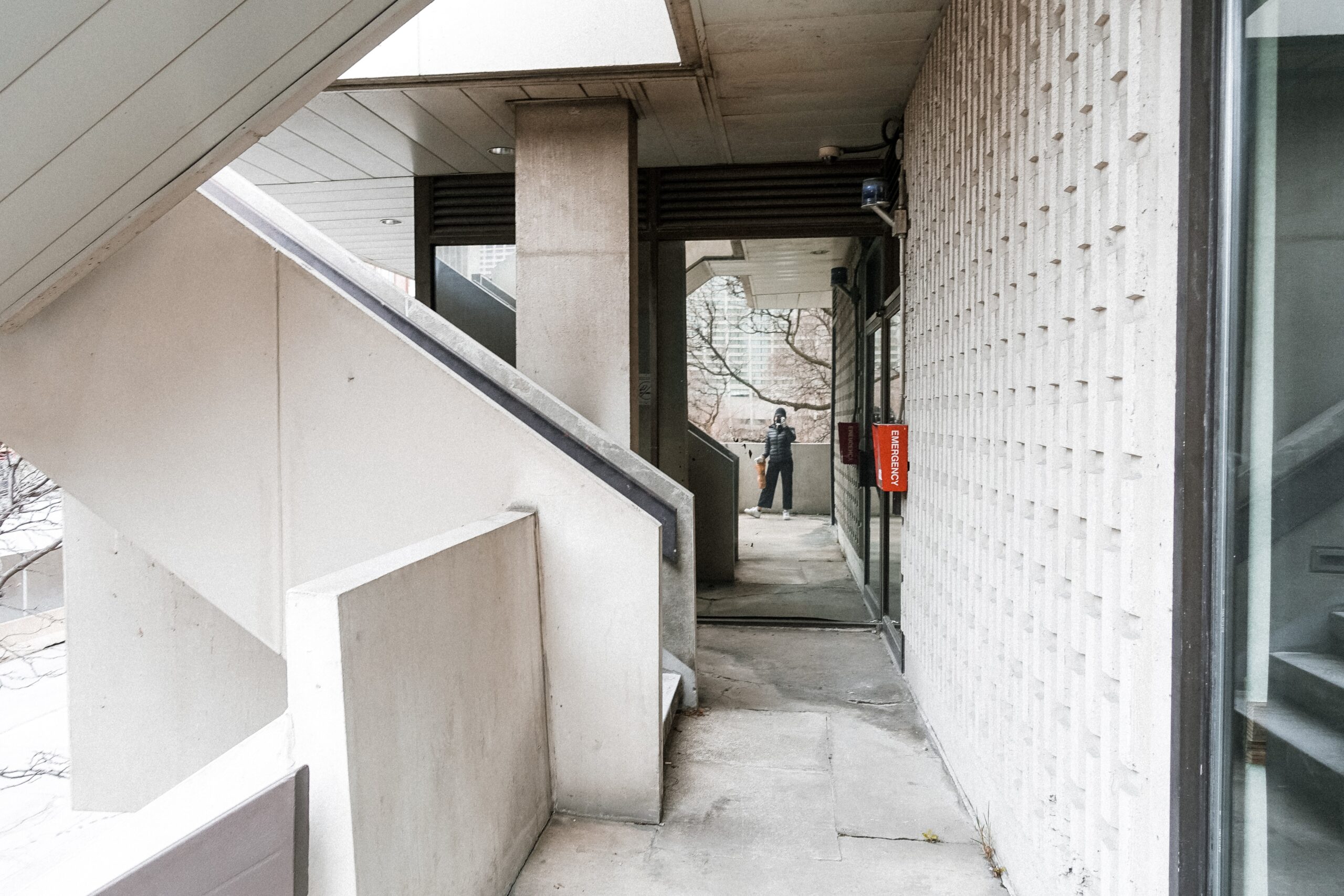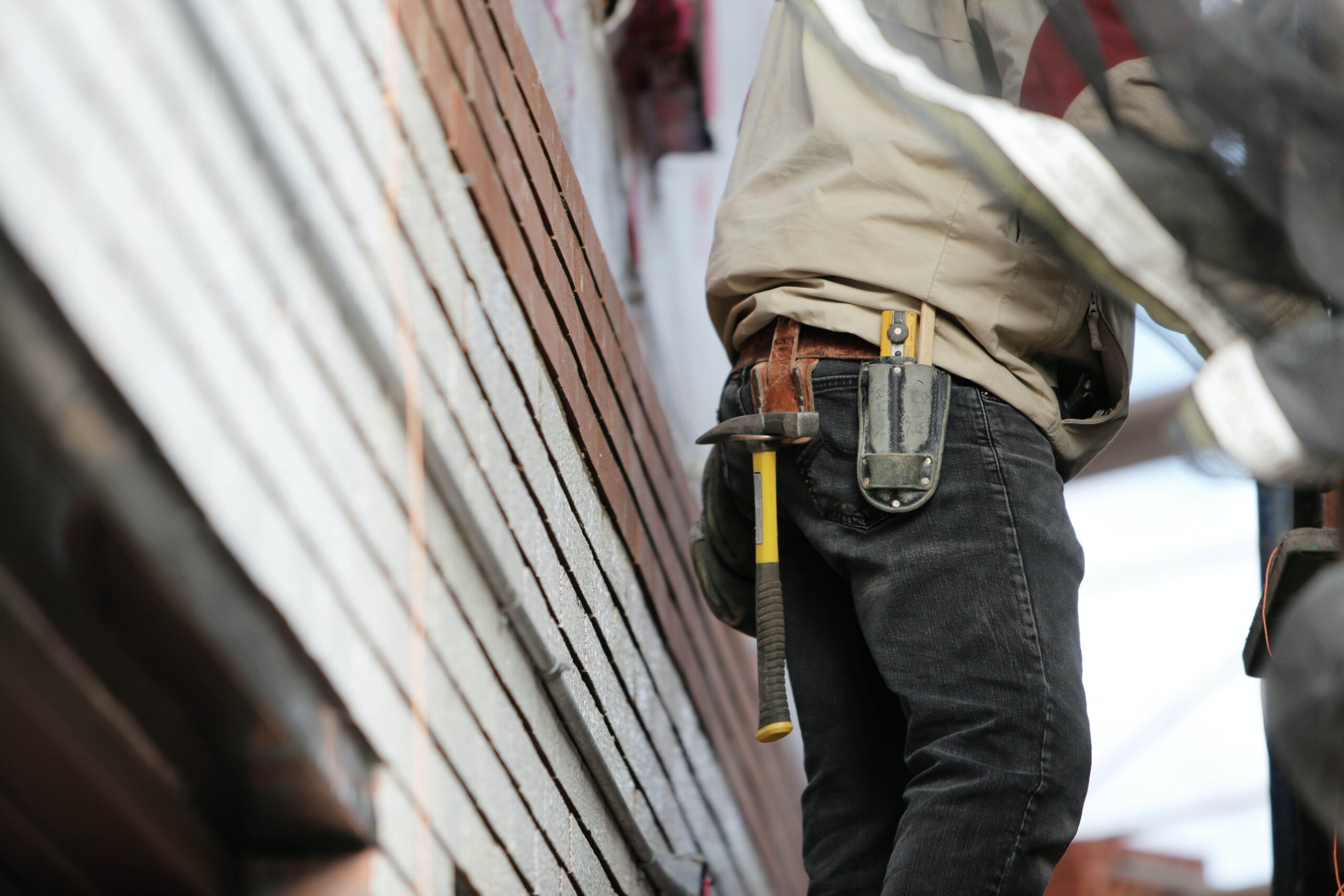Will works insurance pay for defective damage?
Works insurance will protect the insured from accidental damage during works. It does not provide a guarantee as to the quality of any of the work carried out by contractors, and will exclude and limit cover for defective workmanship, design and materials.
Think of it like this:
• Accidental damage which is sudden, unforeseen and identifiable will be covered.
• Loss or damage stemming from defective workmanship, defective design and/or defective materials will not be covered when loss or damage is gradual, inevitable or unidentifiable.
As works insurance policies provide cover for physical damage during works, the mere presence of a defect would not give rise to a claim on its own. A sudden, identifiable event which resulted in physical damage, loss or harm, could give rise to a claim.
In other words: Defective does not mean damaged. Defective doesn’t become damaged until it fails.
What happens if defective design, materials or workmanship fails and causes damage elsewhere?
Such work which has been undertaken incorrectly, or to a poor standard, may lead to safety issues, or it may contribute to property damage or lower property values. Although our renovation insurance policies exclude defective workmanship, design and materials, there is cover for the unforeseen consequential damage arising from a defect or any sudden, unforeseen consequential loss stemming from defective workmanship. However, cover for defects is not a quality guarantee and any dispute over defects may be a contractual matter between the property owner and the contractor.
How can defective workmanship and design be prevented?
Works insurance does not guarantee the quality of the workmanship, design or materials used. The best way to assure the quality of the workmanship and materials used is for property owners to undertake due diligence in the selection of contractors and materials.
Check:
• References
• Experience
• Recommendations
• Financial history (a short or erratic trading history is a bad sign)
Is there a specific insurance for defects?
Whilst most works insurance policies will limit cover for damage caused due to defective workmanship, design and materials, Latent Defects Insurance is a specialist product which is designed to cover defective workmanship, design or materials.
Latent Defects Insurance is also referred to as Structural Warranty Insurance, Structural Guarantee, or Inherent Defect Insurance. These policies are designed to cover the cost of complete or partial rebuilding or rectifying work to the property which has been affected by major damage attributable to defect in the design, workmanship or materials.
Latent Defects Insurance has a strict set of pre-build requirements, making it less appropriate for property owners undertaking works to existing structures. It can also be expensive, however, for those building a new property, it is a sensible consideration.
What should property owners do if they’ve been affected by defective workmanship, design or materials?
Works projects put a great deal of pressure on normal life – and when work doesn’t meet expectations, this can be very challenging.
This could be due to:
• A tradesperson using materials that aren’t up to the job
• Failing to take necessary care or apply necessary skill
• Failing to install or build something correctly
Defective workmanship, design or materials can be very stressful and worrying for property owners. At best the property owner could be left with an unsatisfactory finish. At worst the resulting work could be unsafe.
If the contractor hasn’t done what was agreed – either verbally or in written form – they’ve broken the contract and they should be asked to rectify it.
If a contract such as a JCT was drawn up for the works, the remedy for defects should be laid out in the contract and there will be a process to follow. Although property owners do not need to enter into contracts such as JCT with contractors, the protection and remedy for defects are another reason why we do recommend contracts are used. Find out more here.
Without a contract or an agreement in writing, if a client is relying on memories of conversations, things could get messy if there is a difference of opinion on the matter. In this situation, the best advice would be for a property owner to try and reach an amicable solution with their builder to find a remedy for the problem. Unfortunately, disputes are fairly common and if no agreement can be reached, sometimes this means legal action (of which the outcome can still be very uncertain) or spending more money to remedy the work.
Are you planning a renovation? We strongly recommend you speak to a specialist renovation broker, which you can find through our Find a Broker tool.
Reading this as a Broker? Brokers that hold a TOBA with Renovation Underwriting can access more detailed renovation project guidance for clients in our Contract Works Academy.






















